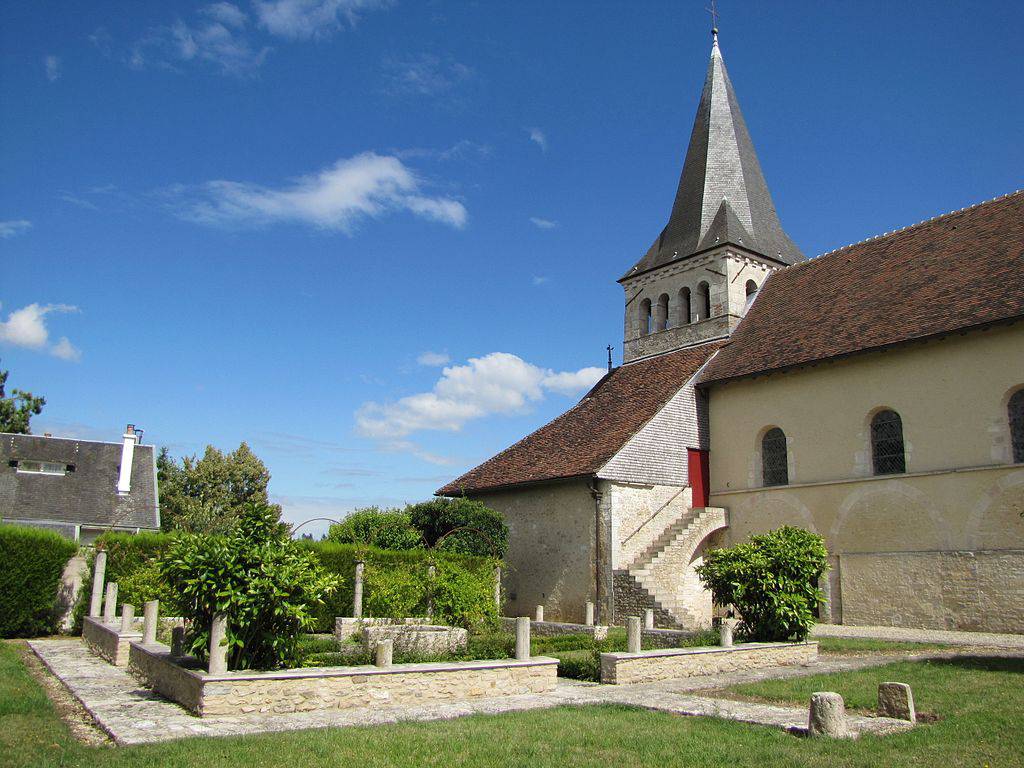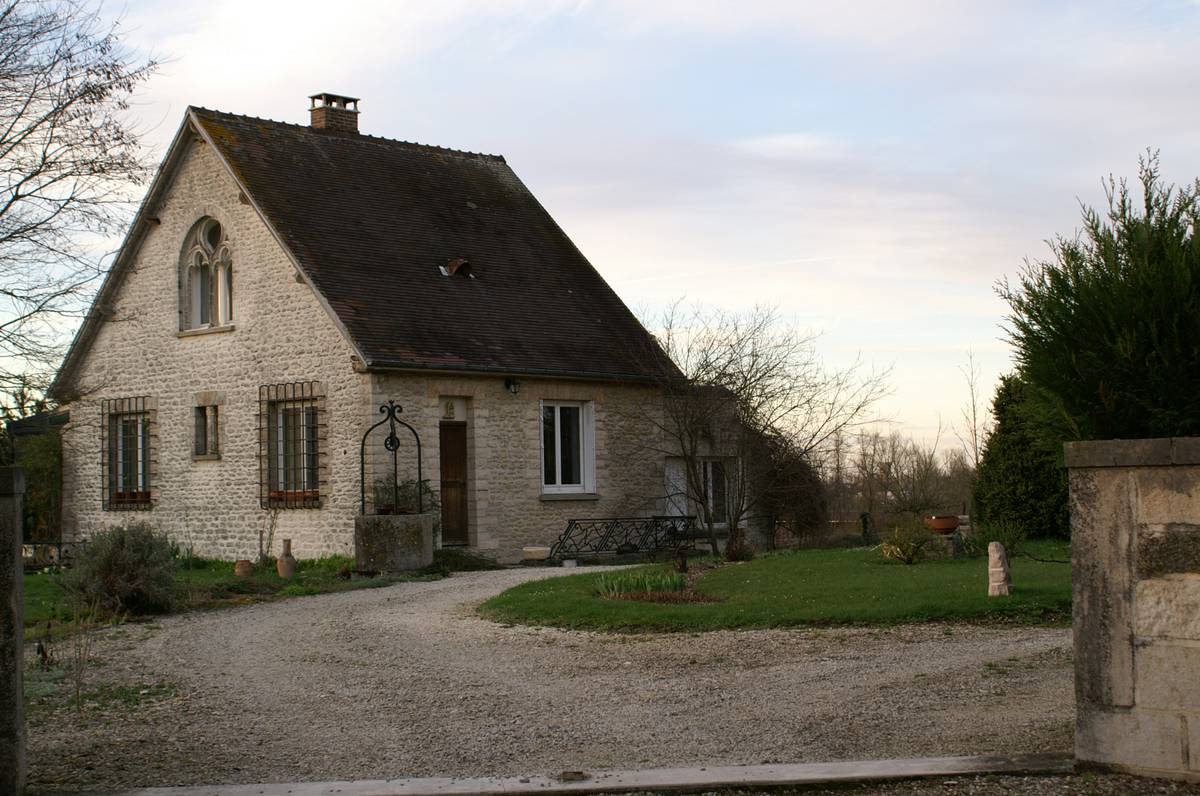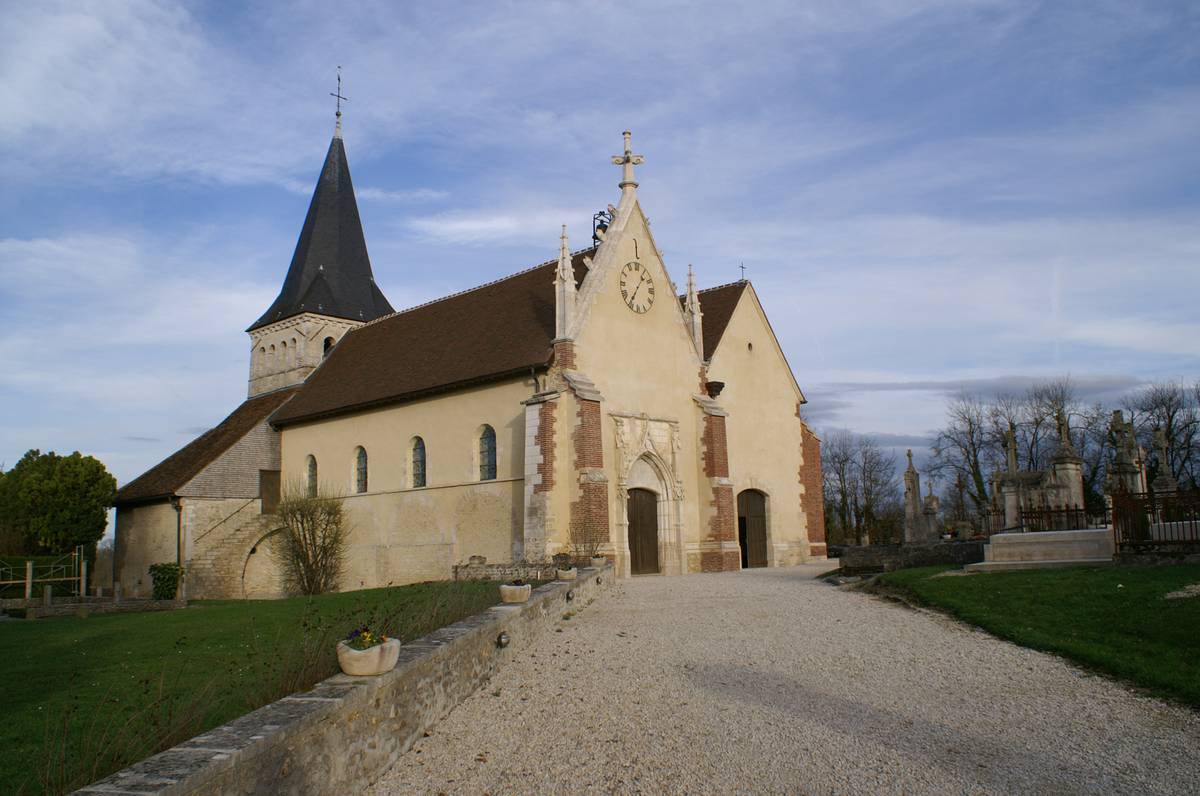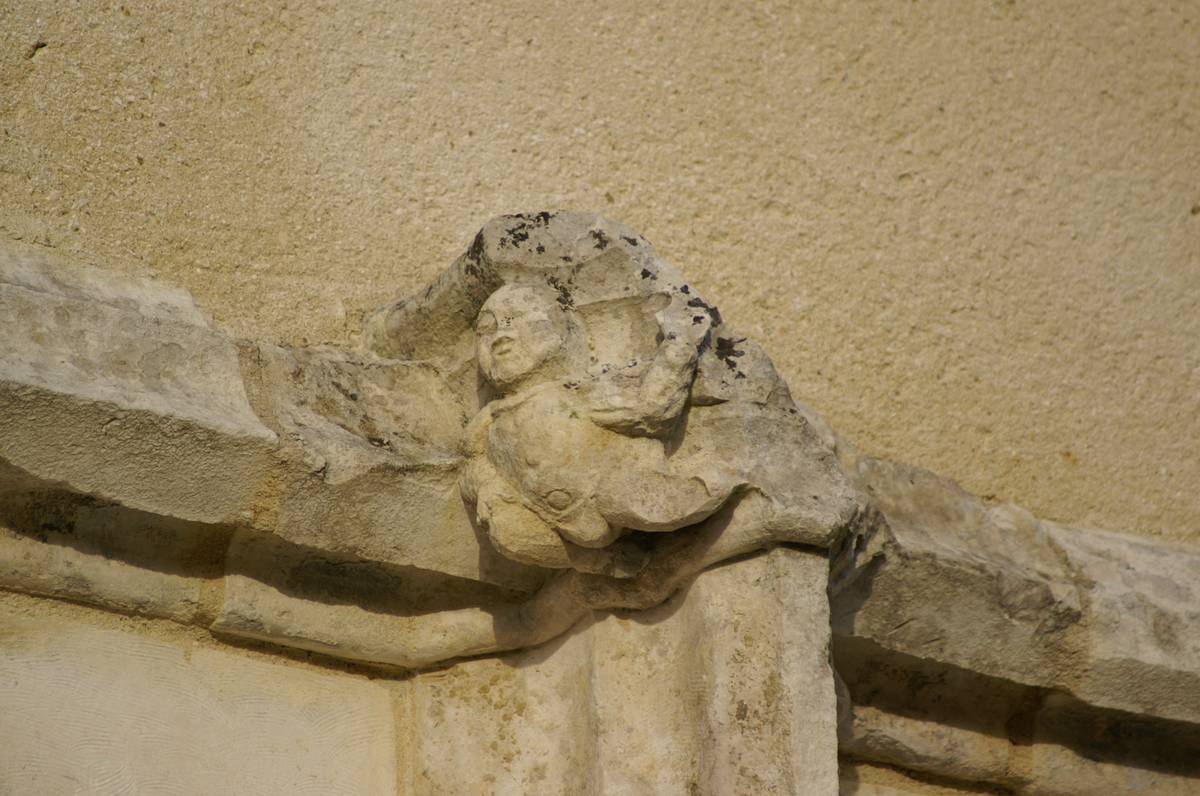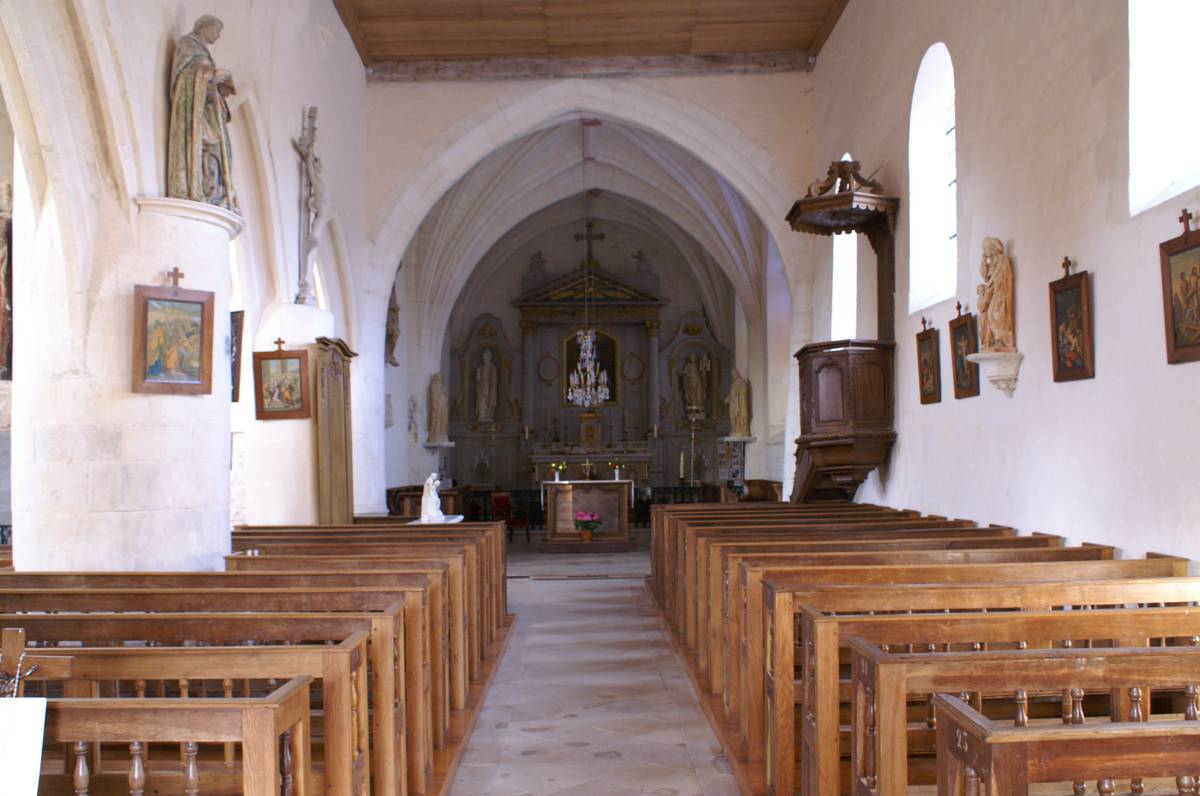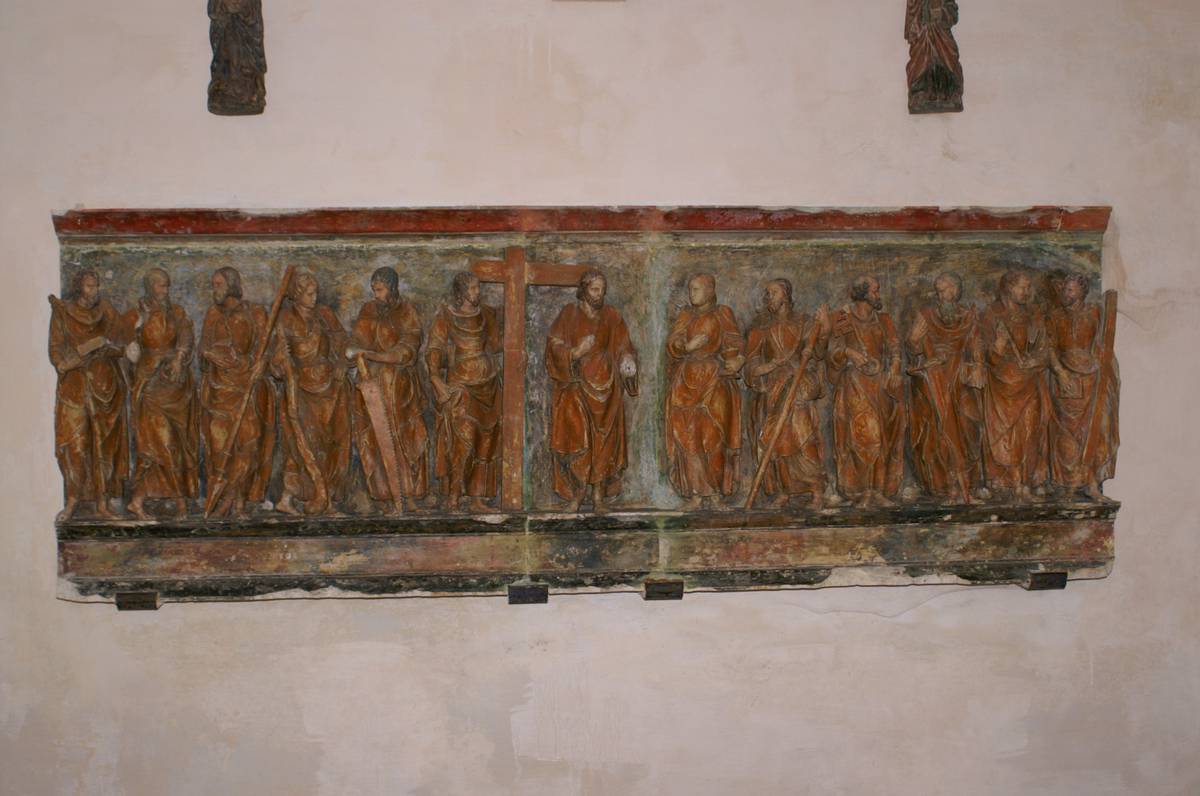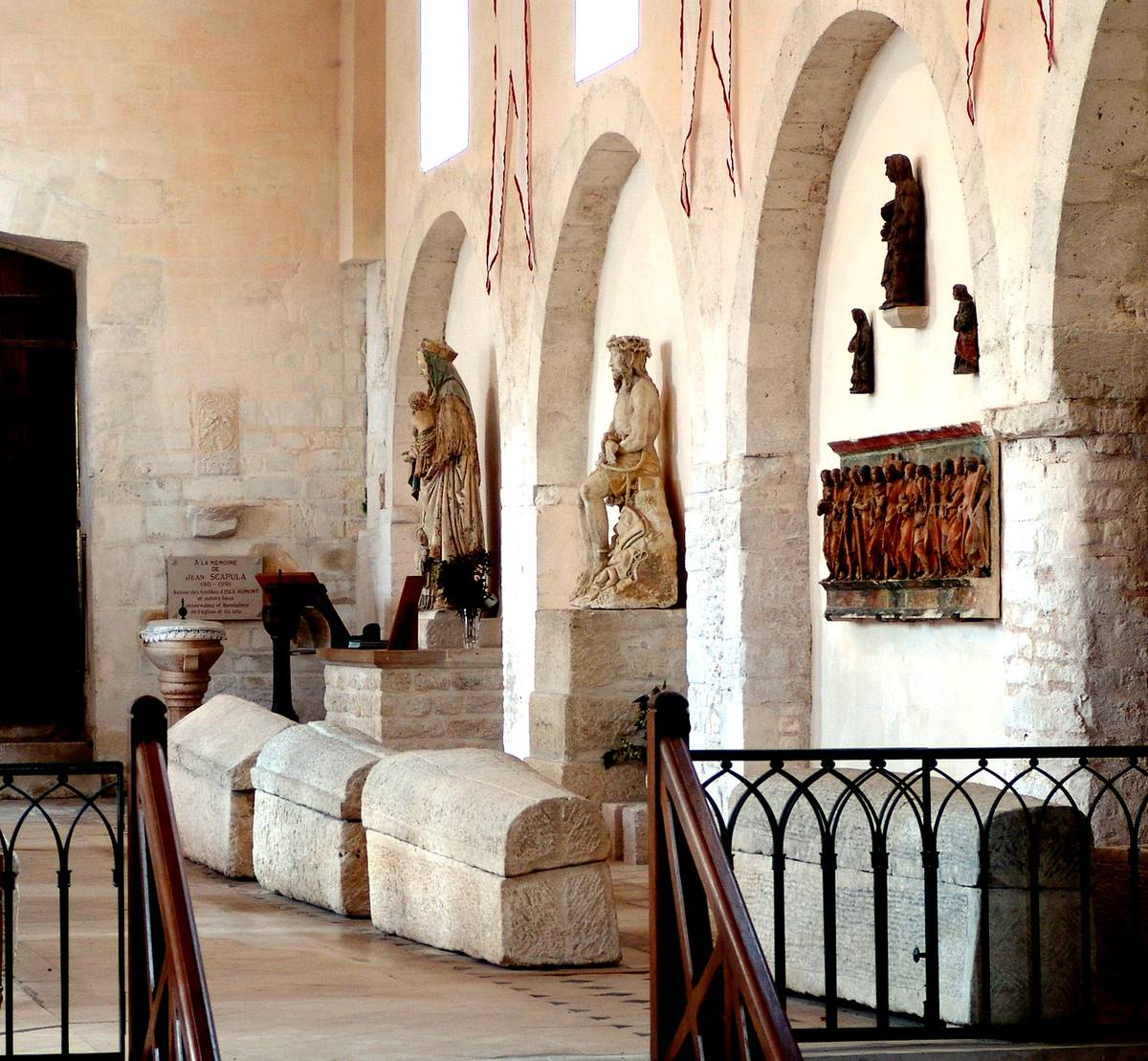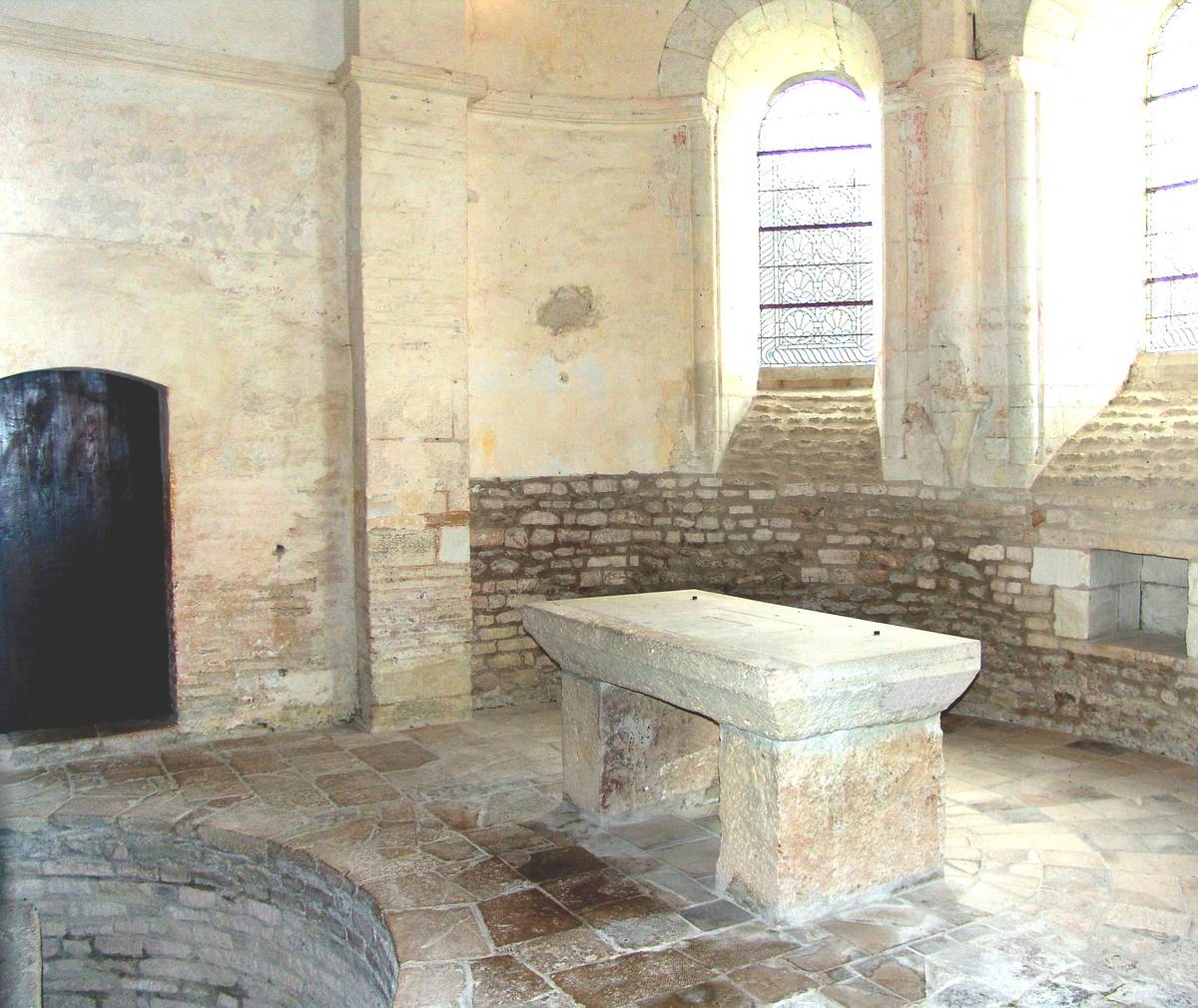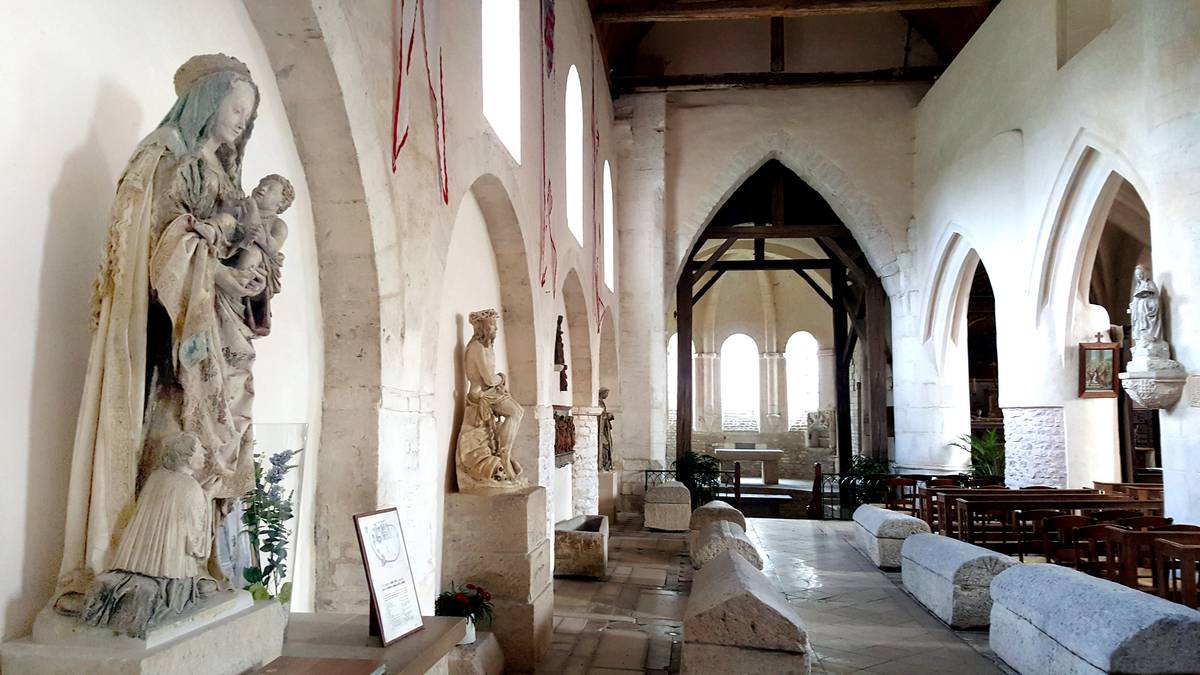This commune covers an area of 3.5km² and has around 505 inhabitants who are known as ‘Islois’. It is located within the greater Troyes area and is 12km south of the city centre. Reached via the D93, D123 or the D444, Isle-Aumont is less than 5 minutes from junction 21 (Saint-Thibault) of the A5 from Paris.
Isle-Aumont has sports and leisure facilities that are open to associations, agencies and residents of the commune. There is a primary school in Isle-Aumont that is part of an inter-communal group shared with Saint-Thibault, Cormost and Les Bordes-Aumont. The commune is located in the Champagne Humide region where old rural cottages and tree plantations are dotted amongst the gently rolling fields.
In the middle of the village a mound was, and is, the source of Isle-Aumont’s renown. In the time of the Merovingiens in the 5th century, one of the earliest monastic houses in Gaul was built here. Then, during the 11th and 12th centuries a castle was built for the Counts of Champagne.
In the church, which is dedicated to St Peter, you can still see the Carolingian sanctuary below the 10th-century choir, the Benedictine nave (12th century) and the gothic nave (15th – 16th century).
During the 1960s Jean Scapula uncovered a necropolis consisting of a thousand graves, some of which are displayed in the church. This site, which was classified as an historic monument in its entirety in 1967, makes Isle-Aumont a tourist destination, and enables people to discover the long history of this place through the traces that remain.
Wooden sculptures, most of which are from the Troyes school, and which include a Christ de sérénité, which may have been given by Saint-Louis, make this historic mound a real museum.
Below the mound, the First World War memorial marks a period of history that was in close contact with Isle-Aumont.
TO FIND OUT MORE
>>> Catering
>>> Shops and Services

